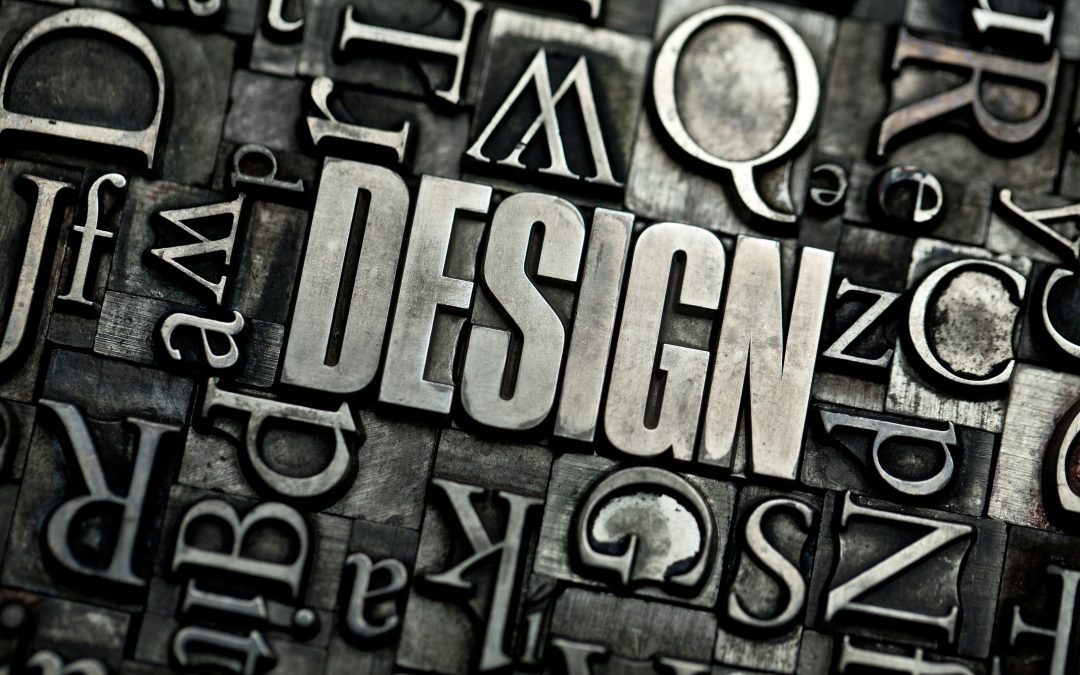We’ve put together some tips for working with your graphic designer that will help you to make sure your time and money is well spent;
1.Provide a clear brief
Before diving in, take time to outline your project goals, target audience, and desired style. These will all help your graphic designer to make sure they provide designs that meet your objectives. Make sure you give the designer your whole brief at the start. Even if it means the designer has to break it into smaller parts, it is better for the designer to know what your end goal is.
2. Ask for a quote
Getting a quote upfront means you know exactly what you are getting for the price, the cost of any extras and you’ll understand timelines provided by your graphic designer to keep your project on track.
3. Share your brand assets
This means providing your designer with your logos files (ideally all the logo files so that the designer can make a choice of which is the best file to use), colour palettes, fonts, or brand guidelines you have. This ensures consistency with your overall brand identity.
4. Source high-quality images
If your project involves imagery, try to provide high-resolution original photos (a photo shoot with a photographer is best) or invest in stock photos from reputable sources. Your graphic designer can advise what size images to purchase for your particular project so don’t go ahead too soon.
5. Proof read your text
It’s very difficult to proof read your own text, perhaps get someone else to read it or read it out loud. Amendments to the text after it has been added into your piece of design work can cause delays.
6. Inspiration, not replication
Find design examples you like to illustrate your preferences, but don’t expect a direct copy. A good designer will use this as inspiration to create something unique for you that fit’s with your brand and meets your objectives.
7. Respect their expertise
While you have a vision, trust the designer’s professional experience with layout, colours and visual communication. Also, it’s okay if you disagree with the designer. If you don’t like something, ask them to explain the significance. They are the expert, however, in the end, you will always have the final say on the design.
8. Provide timely feedback
Be prompt and specific with your revisions. Don’t just say “I don’t like it”; explain what elements you’d like tweaked. It is best to give specific feedback. Tell your designer what you think about the colours, fonts, photos, layout, etc.
9. Communication is key
Maintain clear and consistent communication throughout the project. Discuss preferred methods (email, calls, etc.) and set check-in points.
10. Be realistic on timeframes
Be sure to start your project early enough, design takes time, especially for complex projects. Factor in revision rounds when setting timeframes.
By following these tips, you can be sure to receive a great outcome from your next design project. If would like to request a quote please get in touch with rosanne@silverstonedesignsolutions.com

